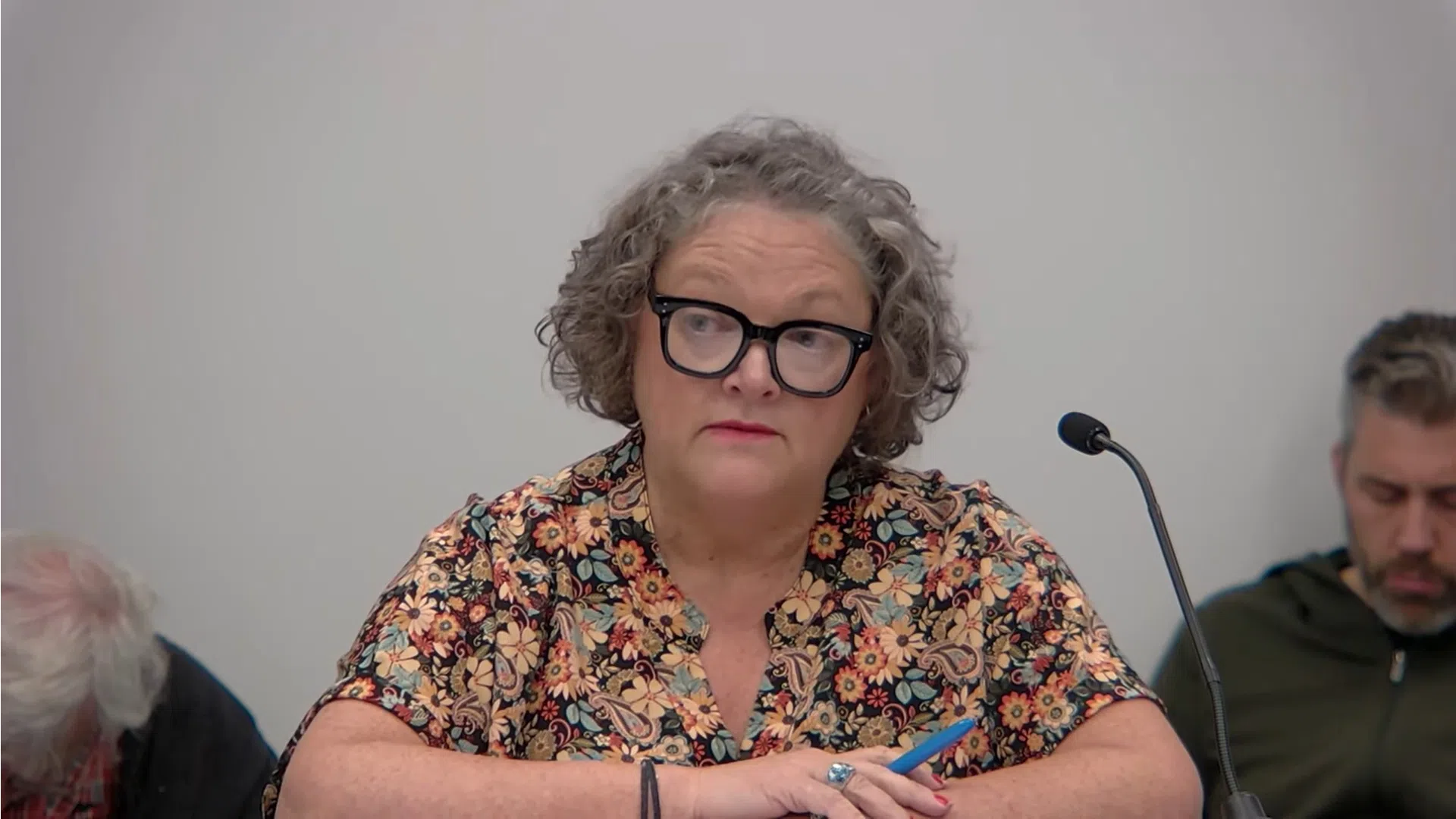The former executive director of St. Stephen’s business improvement association (BIA) is worried about the future of the organization.
Downtown St. Stephen faces a big funding cut and reduced responsibilities under proposals put forward in the town’s new municipal plan.
The new plan proposes reducing the levy paid by downtown businesses to support the BIA from its current maximum of $0.20 per $100 of assessed value to just $0.01.
It also suggests transferring administrative staff and responsibility for downtown promotion and beautification programs to the town or to Future St. Stephen, the town’s wider economic development agency.
“It was sad to see that nobody came to talk to the BIA. I don’t know if you understand everything that we do,” Heather Donahue told councillors last week.
BIA leverages significant funding for municipality
Donahue said from her calculations, the association leveraged nearly $300,000 in grant money for the town between 2022 and 2024.
That includes a $106,000 digital sign, a welcome sign, self-watering plants, lamppost banners, bike racks and murals.
Donahue said they also invested nearly $30,000 in downtown community safety security cameras and leveraged money for several festivals.
The former executive director also referenced the Downtown Dollars program, which she said has put more than $54,000 into local businesses since 2019.
“If the mayor and council decide to take away the BIA, what’s going to happen to our downtown dollars? What’s going to happen to … our frontline security cameras?” questioned Donahue.
“What you guys proposed in the plan, you can’t do. The only thing you guys can do is not approve the levy in the fall. And it will be sad if this mayor and council decide not to approve the levy.”
RELATED: St. Stephen municipal plan proposes shake-up of BIA
One downtown business owner also spoke in favour of the business improvement association, saying she would rather deal directly with them instead of the municipal district itself.
“I don’t have time to do the BIA’s job. I would like to access somebody who would be there for me specifically, and I’ve had that,” said the resident who spoke during Wednesday’s meeting.
“I think the BIA should be able to have a levy that makes sense and not have the town control as many things in negative ways.”
Move to lower costs, reduce duplication
Alex Henderson, planning director at the Southwest New Brunswick Service Commission (SNBSC), said the rationale behind the idea is to lower some of the costs that impede development in St. Stephen, reduce duplication of services, and address the poor state of downtown as highlighted during public consultations on the plan.
The BIA levy is paid by active businesses within a specific part of downtown – from the border crossing on Milltown Boulevard to Guardian Drugs on King Street. But Future St. Stephen (FSS) is funded by all ratepayers in the community, so the cost burden is shared more equally.
“The work BIA does is great and essential, but could that be done by FSS or the town, so the cost doesn’t just fall on downtown businesses?” Henderson told The Courier. “Downtown being promoted is in everyone’s best interest.”
Mayor Allan MacEachern said there is a feeling among council that the BIA has not been doing what needs to be done for downtown. For example, several years ag,o it stopped organizing events, he said, although that is part of the organization’s remit under the BIA bylaw.
“We want them to get back to following the bylaw, with a proper, detailed budget and a better plan being followed,” he told The Courier.
MacEachern said he was open to preserving the BIA in some form “if the members are still willing to pay and they can get everyone on board.”
The area covered by the BIA could also potentially be expanded further up King Street, he said, with the levy reduced to account for a larger number of businesses contributing to it. The town could also provide matching funds if it sees encouraging progress, he added.
“We want to see a change, with some positive momentum, more events, and a beautiful downtown,” MacEachern said.
The municipal plan and any amendments will come back to the council during the June meeting. Once it is officially adopted, the council can then decide whether it wants to adopt or modify the proposals in the plan.
With files from The Courier








